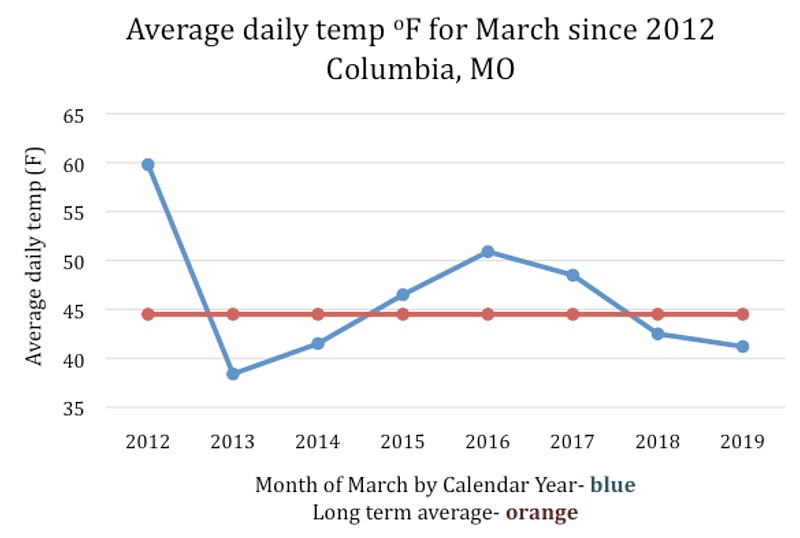Q: I am sick of varmints getting my newly planted flowers and vegetables. Sometimes I don't know what gets them between the squirrels, deer, birds and rabbits. It's just not always practical for me to use bird netting. I go off to work and then they work me over.
A: There is now a product labeled as a repellent on all of what you mentioned, and others like armadillos, raccoons, chipmunks, groundhogs and skunks. While it included shrews and rats, it did not list mice or voles. It is by Bonide, called Repels-All Animal Repellent Granule (their concentrate label does list mice and voles). It is a mix of three active ingredients: putrescent egg solids (rotten eggs), cloves and garlic oil. There is another company that sells a spray concentrate with those same active ingredients (Liquid Fence Deer and Rabbit Repellent). Neither is listed for application directly to edible products, but the Bonide provides a description on how to use near vegetables to attain protection. Both these products use an EPA exemption under FIFRA, thus are NOT registered by the EPA, but are forbidden from making false claims. Their active ingredients also need to be commonly consumed food commodities, animal feed items and edible fats and oils.
Q: Is it too late to seed bare spots in a lawn?
A: Technically, it is, but since it has been relatively cool, I would still try it. It's better than looking at dead spots all summer, right? The risk is the new grass you've seeded might fizzle and die through the summer. However, if we have a relatively rainy summer they might establish OK. After you put the seed down, rake in vigorously and apply a light layer of straw. Watering those spots (if practical) if it is dry for three or four days, will help the emergence. Stay off those spots with the mower if possible, until the new grass is about 4 inches tall.
Q: This spring seems late. How cold or late is it?
A: Your question was a good, as we're at the end of the month so a convenient time to compare. This is the coldest March since 2013, although 2014 was just about as cold (see chart). Soil temps were consistently below their historical average all of March until those few nice days we had March 23-29, but then dropped back with the chilly last weekend of March.
Judging by the flowering of some common plants like daffodils, forsythia and peaches, we're likely three weeks behind. When a cold March holds flower buds back, the blooming of a number of plants will coincide, which normally wouldn't. As long as we don't get a ridiculously cold April, like last year with the three Sunday snows, it is shaping up to be a swell spring. Moderate temperatures would be welcome after the whipsaw cold/hot of 2018's difficult spring.
Q: I have this cactus. What is it? Actually, I want to kill it off; worried about the kids getting hurt. How can I?
A: Our Missouri native cactus (Opuntia compressa) is a prickly pear cactus. It forms clumps and stays low to the ground (semi-prostrate) typically only getting 6-14 inches tall. It prefers hot and dry locations with good drainage.
Although it might not seem like a typical weed killer would do it in, they will. Because of the fleshy leaves with a waxy coating, I would mix an herbicide with glyphosate (primary active ingredient of Round Up) at the strongest rate of the label. To help it with the waxy leaves, also include 2 tablespoons of vinegar per gallon of spray mix and add 1/4 teaspoon of dish soap (per gallon). Add the dish soap at the end to prevent excessive foaming.

